May 26, 2025 | 02:08 GMT +7
May 26, 2025 | 02:08 GMT +7
Hotline: 0913.378.918
May 26, 2025 | 02:08 GMT +7
Hotline: 0913.378.918
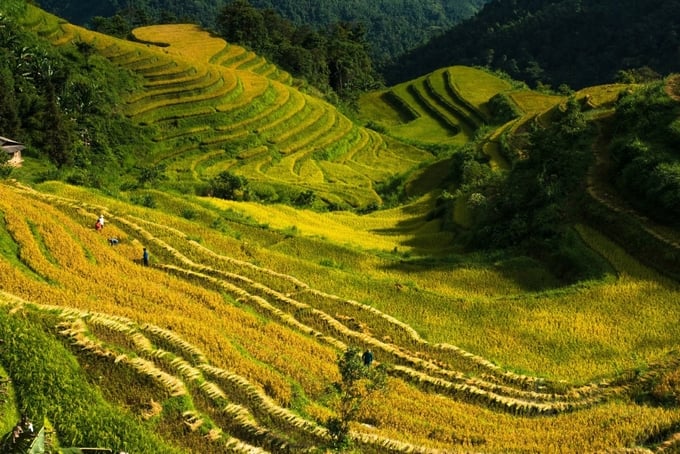
"Ha Giang, the border is here. Roads in the clouds, all the way to the gate of heaven".
The path to Ha Giang leads to a realm of joy and fascination. Traveling to Ha Giang is to indulge in the wholeness of every Vietnamese spirit, even if only once, and better understand the sacred meaning of the country’s frontier. “The sky is over the top of Ha Giang” – this place is our land’s pinnacle.
Ha Giang unfolds its uniqueness and distinction along the journey on every winding road. From upland districts within the UNESCO-recognized Global Geopark on Tay Con Linh mountain – the rooftop of Northeastern Vietnam, to the low mountains nearby Lo and Gam rivers, Ha Giang has always been rich and diverse, with countless cultural specificities, historical traditions, peoples, generational farming methods, etc.
Adding to Dong Van Ancient Town’s warmth and affection is a vignette of a 90-year-old coffee maker who caters to travelers’ delight. Also in Dong Van are the peaceful Nho Que river and Lung Cu flagpole – a symbol of sovereignty that evokes national pride.
There is also the heroic site of Hill 468, which any Vietnamese wishes to visit once to commemorate and better understand the legacy of over 4000 sacrifices of courageous soldiers on cliffs, in caves up in the hills.
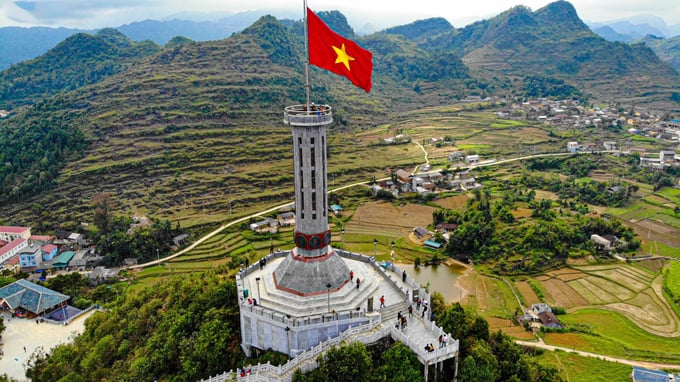
Ha Giang, “where flowers bloom on the rock”, “live on the rock, die buried in rock”, “fight the enemy with rock, die petrified and immortal”, Minister Le Minh Hoan.
With their aspiration, Ha Giang community has overcome war remnants and brought new life to the land. One’s arrival in Ha Giang is not only an opportunity to visit and explore but also a chance to do something meaningful, thus expressing gratitude to generations of Ha Giang community for their deeds throughout the country’s reformation and preservation and their vows to dedicate and sacrifice for a peaceful life now and in the future.
Ha Giang, “where flowers bloom on the rock”, “live on the rock, die buried in rock”, “fight the enemy with rock, die petrified and immortal”. Together, Ha Giang community is opening up, looking for new locations to develop agricultural ecosystem and integrate multi-layered values. They integrate, expand physical spaces, and formulate emotional spaces to multiply prosperity.
Physical spaces include land, soil, climate, and natural ecosystem with high levels and low sediment structures. Emotional spaces are cultural identity, historical tradition, vernacular knowledge, customs, folk beliefs, and unity of ethnic communities living in symbiosis with Ha Giang cosmology for generations.
There is a sense of fascination and appreciation for the foundations that Hà Giang has set for tourism development. Dong Van Ancient Town, Meo Vac Cultural Village, Mong Village Resort, Nam Dac Community Tourist Village, Lo Lo Tourist Village, and many more – these are destinations one has yet to visit but wishes to come and must come.
Emotions build up when witnessing the flow of foreign visitors up and down hilly roads. The images of Ha Giang will soon spread to every corner of the world thanks to these tourists. At the same time, each Ha Giang person has concerns about challenges and difficulties due to geographical distance and objective conditions.
In UNESCO documents, scientists have pointed out the great biodiversity values at Dong Van Karst Plateau Global Geopark with more than 300 vertebrate species, 53 mammal species, 161 gibbon species, 33 reptile species, 39 frog species, etc. Besides, many rare plant species are recorded in the Red List, such as the Dinh Tung tree. Such value comes from not only nature but also humans.
Indigenous knowledge of the Mong people is embedded in their dry-stack stone walls, housebuilding, and their decision and storing of corn and beans variations for the upcoming farming season. Indigenous knowledge also helps the local community to preserve various rare medicines which treat many diseases. This tradition is why Ha Giang government considers and focuses on developing the pharmaceutical industry and collecting herbs from deep forests and high mountains.
From “promoting agricultural development” to “creating a multi-valued agro-ecosystem” is a journey to reforming ideas; the same applies to changes from “agricultural production” to “agricultural economy” and from “simple growth value” to “multi-layered value growth”.
Multi-layered value comes only as we overcome the barriers of specialized management toward multi-disciplinary and multi-field integration. Multi-layered value comes only when production is no longer divided by administrative boundaries at commune, district, and provincial levels.
Multi-layered value comes only if regulators, universities, businesses, and the local community all come together to find holistic solutions across three local ecological zones: low mountains, high mountain soils and karst plateau.

Ha Giang community needs to assert the motto “Tourism development is not only for economic benefits but also the responsibility and pride of Ha Giang homeland, the land of flowers blooming amid rocks”, Minister Le Minh Hoan.
The disciplinary approach limits and delays development, and it is necessary to access irrigation and soil to establish locations for livestock, farming, forestry, and fisheries. Perhaps the agricultural experience handed down for many generations about “water first” is always Ha Giang’s priority, not only in Mèo Vạc.
Ha Giang’s approach to water is not only creating water sources and supply but also solving water loss issues to conserve water for production and daily life. The lesson of water recycling in the desert of Israel exemplifies a problem for irrigation scientists to focus on soon.
An integrated approach between agriculture and tourism will be a strategy that contributes to the image of Ha Giang in the future. Ecotourism, experience tourism, adventure tourism, cultural discovery tourism, and health tourism weaves together to become a journey based on the local start-ups’ creativity and dynamism, attracting external investments.
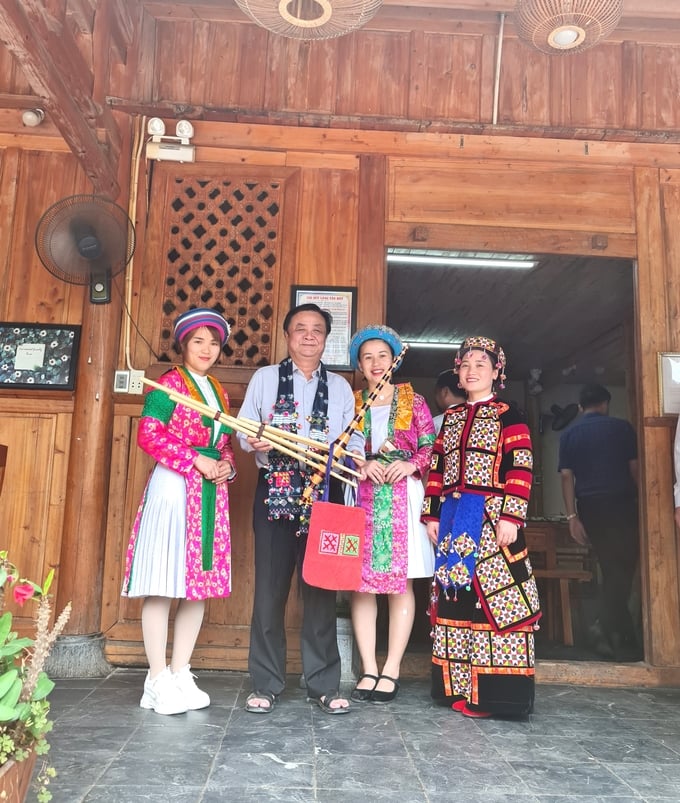
Ha Giang community needs to assert the motto “Tourism development is not only for economic benefits but also the responsibility and pride of Ha Giang homeland, the land of flowers blooming amid rocks”, Minister Le Minh Hoan.
Agricultural and rural tourism can be understood as transforming agricultural and rural areas into tourism products. Tourism will promote, advertise, and connect agricultural commerce with farming products. Ha Giang community needs to assert the motto “Tourism development is not only for economic benefits but also the responsibility and pride of Ha Giang homeland, the land of flowers blooming amid rocks”.
Ha Giang’s fragmented land requires a different approach and appropriate solution. Small production space will generate significant value only if we can overcome the limitation of household division and industrial partition.
Communal cooperation from grassroots levels, as seen in Vinh Tien village, Quyet Tien commune, Quan Ba district with practical vegetable growing models, once reorganized and networked to the market via digital technology, will create a unique image, attract media attention, thereby adding product values.
Integrative thinking in accordance to each product group – agriculture, herbalism, spices, etc. – begins with selection, processing, harvesting and post-harvest technologies, and product diversification.
The single-disciplinary approach is limiting the potential to develop each and every category. Scientists from the institutions are also disconnected. Enterprises and industry associations are uncoordinated. Specialized regulators are also detached. It is now time to come together, pass values between one another, and integrate them exponentially. Together, we can reach further to minimize costs, maximize profits, standardize production processes, and optimize value.
Shan Tuyet tea tree at a 1,300-meter altitude, where Tay Con Linh summit is wrapped in clouds all year round, will even be more valuable if it carries stories passed down for several hundred years. The meaningful vignettes of local communities during the creative processes of cultivating, harvesting, drying, and manufacturing many quality products, combining traditional and modern knowledge, will develop multiple product lines. The industry ecosystem will nourish the brand of Shan Tuyet Tea - Ha Giang.
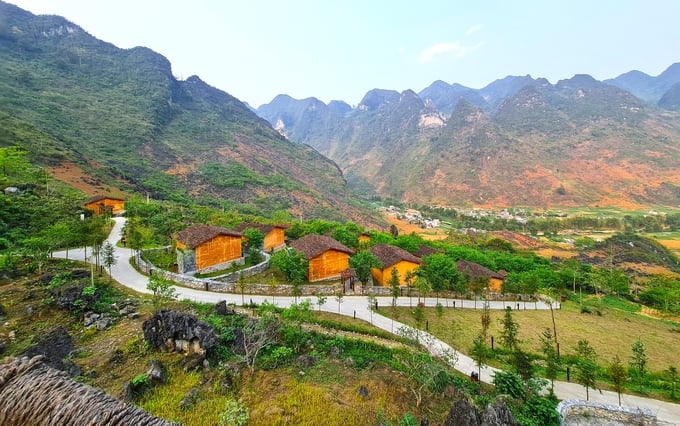
The development space only expands once the thinking expands, fusing the ecosystems of forests, plateaus, and rivers with neighboring provinces such as Cao Bang, Bac Kan, and Tuyen Quang.
The development space only expands once the thinking expands, fusing the ecosystems of forests, plateaus, and rivers with neighboring provinces such as Cao Bang, Bac Kan, and Tuyen Quang, etc. An ecosystem between Bac Me, Na Hang, and Ba Be is an idea to overcome the limitations of administrative space. Each province, district, and commune has its own governmental space, but the natural ecosystem and economic area are neither separated nor defined by administrative boundaries.
Beliefs construct behaviors; behaviors produce results. Ha Giang community should persevere in fertilizing, cultivating, and appreciating results to forge new and higher values. Akin to the sincere and firm belief of a provincial leader: Soon Ha Giang community will not only “live on stone, escape poverty on stone” but also “live on stone, get rich on stone”!
And flowers will continue to bloom and bloom in the beloved land of Ha Giang. Forever remembering the nostalgic color of buckwheat flowers!
Translated by Quynh Chi
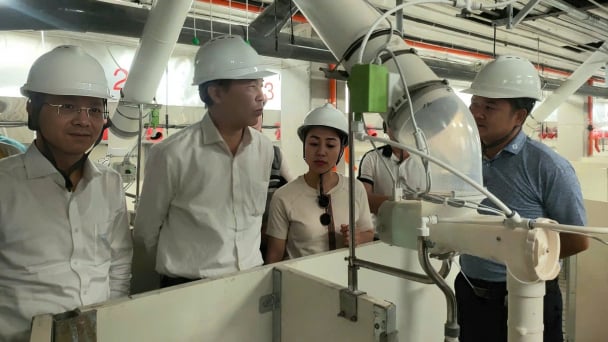
(VAN) Despite investment costs being 1.5 to 1.8 times higher than conventional methods, multi-story pig farming demonstrates outstanding effectiveness, increasing land-use efficiency by 4 to 10 times.
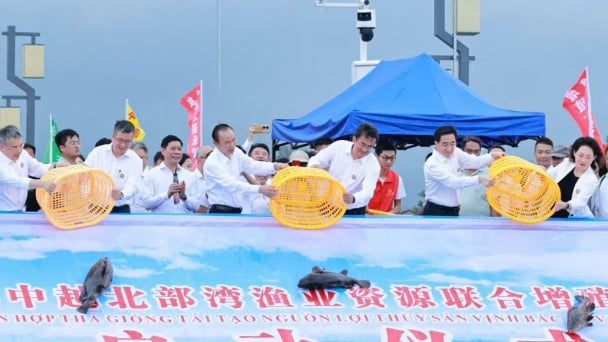
(VAN) Deputy Minister of Agriculture and Environment Phung Duc Tien leads a working delegation to participate in several key activities in China aimed at promoting agricultural and fisheries cooperation.
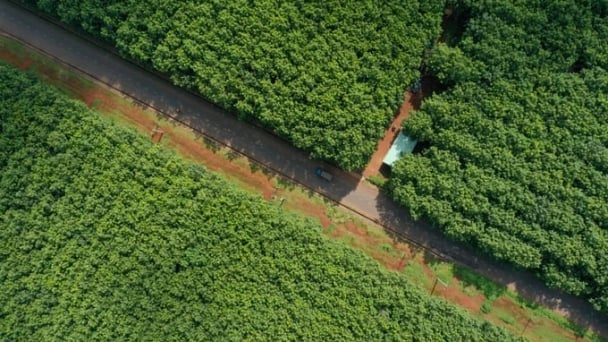
(VAN) The European Commission has just released a list of ‘low-risk’ countries for deforestation, which includes Vietnam.

(VAN) The convenience of single-use plastics is leaving lasting consequences for the oceans.
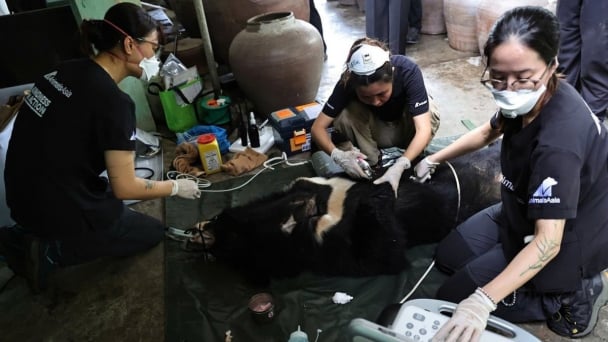
(VAN) On the morning of May 23, in Nghe An, the Animals Asia Foundation successfully rescued a Tibetan bear and transferred it to the Vietnam Bear Rescue Centre located in Bach Ma National Park.
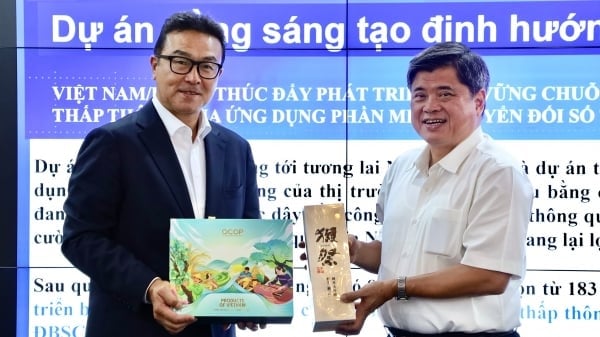
(VAN) On May 23, Deputy Minister of Agriculture and Environment Tran Thanh Nam held a working session with a Japanese delegation on the application of digital technology in agricultural production.
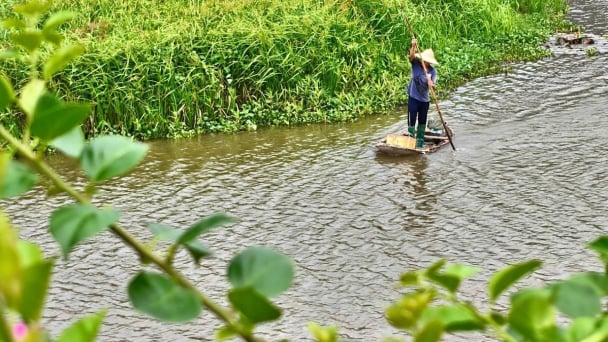
(VAN) In the tranquil wetlands of Van Long, there are quiet souls who guard the forests, nurture the waters, and oversee every bird and troop of langurs as protecting the essence of a living heritage.